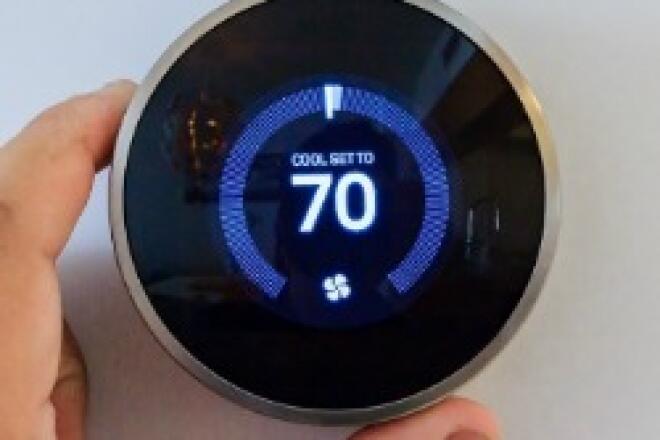
What Exactly Are Time-of-Use Rates?
As the energy industry continues to evolve, power companies are increasingly offering new rate plans that better align the cost you pay for the electricity you use at home with the cost to generate that electricity.
EnergySage explains that your power company’s “cost of electricity changes throughout the day for various reasons. Traditionally, as demand for electricity increases throughout the day, so too does the cost of generating that electricity" – hence the development of time-varying rates.
While there are several types of time-varying rates, such as real-time pricing or critical peak pricing, the time-of-use (TOU) rate has become the most prominent in recent years, and many power companies across the country now offer this as either an option for their customers or as the standard rate.
In this month’s blog, we look at what time-of-use rates mean for you:
1. The prices can vary by three times per day or more.
If you have a traditional fixed rate, you pay the same price per kilowatt-hour (kWh) of electricity regardless of when it’s used (though there can be different prices for winter vs. summer). But with a TOU rate, the day is usually divided into two or three periods (for example, on-peak, off-peak and super off-peak), and you pay a different price per kWh during each.
For example, Tucson Electric Power’s Time-of-Use plan has on-peak hours from 3-7 p.m. during the summer and all other hours are considered off-peak (including weekends and holidays). If you’re on this plan, you would pay 19 cents per kWh hour during peak hours and 12 cents off-peak. This example is a fairly simple TOU plan, and others can have more three or four different periods and have bigger gaps in the price per kWh that you pay.
2. There may be seasonal differences in the peak periods.
Usually, power companies will have different electric rates for two different times of the year: winter (roughly October-May) and summer (June-September). Since the electricity needs of a community are different depending on the weather, it makes sense that the rates follow suite. This is the case for both traditional fixed rates and time-varying rates like TOU.
For example, SMECO’s Time-of-Use rate has different peak periods and prices per kWh depending on the season. In the summer, the peak period is 2-7 p.m. when AC usage is high at homes and businesses. However, during cold weather months, you want to avoid using electricity during the morning (6-9 a.m.) and evening (5-8 p.m.) – times when households tend to use a lot of heat – to save.
3. They can be excellent for charging electric vehicles.
Finally, time-of-use rates can be very economical if anyone in your household drives an electric vehicle (EV) and charges it at home. The low off-peak and super off-peak prices allow you to charge up (usually overnight) at relatively little cost, and many power companies even offer a time-of-use rate specifically for EVs with even better incentives for charging off peak.
For example, Cobb EMC’s NiteFlex® rate is a time-of-use rate with on-peak hours from 1-7 p.m., off-peak periods in the morning and evening, and a super off-peak period from midnight to 6 a.m. However, to incentivize customers to charge their EVs overnight, the plan allows customers 400 kWh of free electricity during the super off-peak period each month – possibly enough to always have free overnight charging at home.
Time-of-use rates may not be for everyone – if you’re unable to shift your usage away from the on-peak hours, you could end up paying more on your monthly bills. But many customers, especially those that drive EVs or that have smart home devices to automate electricity usage, can see noticeable bills savings. The good news is that even if a TOU rate isn’t for you, you likely have some other rate plan options. Contact your power company today and see what might work best with your usage, habits and home.
To learn more about common rate plan options, check out our infographic here.



